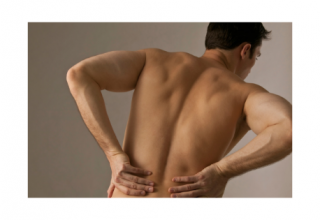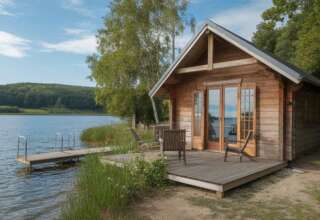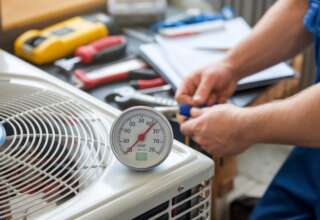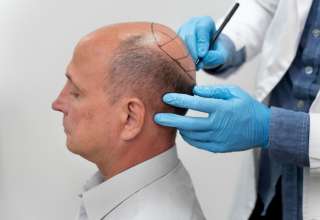One of the most frequent medical issues is back discomfort. It may start out slowly or unexpectedly. Depending on whatever portion of your spine is bothering you, many causes of back pain exist.
Nerves
The nerves in your spine transmit messages from your brain and spinal cord to the organs, muscles, and sensory tissues. They also carry information from these areas to the central nervous system (CNS), the body’s control center, and help send signals back and forth between your CNS and your peripheral nerves.
A pinched nerve is an injury that produces arm or neck discomfort, numbness, or tingling. It happens when tissue or bone squeezes a nerve root or the nerves extending from it.
When a pinched nerve is mild, it should go away independently with time and rest. However, if symptoms don’t improve after a few days, get a pinched nerve treatment near me about ways to treat it.
Some diseases and conditions can put pressure on spinal nerves. These include spinal stenosis, herniated discs, and osteoarthritis of the spinal bones. These problems can cause pain that shoots from your back into one or both legs.
Muscles
Back pain occurs when something causes an injury or strain in the muscles that move your back. It can be an everyday activity, such as lifting or carrying a heavy object, working out, or something serious like a herniated disc.
The back has several muscles that help move the large bone in each thigh, called the iliopsoas (psoas major and iliacus). They also bend or flex your back to either side of your body.
If your thigh muscles are tight, they can pressure your back and increase the chance of back problems. Stretching your muscles regularly is the best way to prevent this from happening.
Regular exercise, particularly low-impact aerobic activities, increases strength so your back muscles work more efficiently and can better support your spine. It can help you recover faster from back pain and feel better.

Joints
Your joints in your back help you stand up straight, walk and move. They also absorb the shock and tension of your body’s movement. But if one becomes damaged or inflamed, it can cause pain and stiffness.
Joint problems are most often the result of osteoarthritis, which causes the cartilage in your joints to wear down over time. It makes them less flexible and can affect your back.
Disc herniation is another prevalent cause of back discomfort.It happens when the inner gel of one of the five disks that line your spine slips out of place and presses on surrounding nerves.
Sometimes a herniated disk can result from a sudden injury, like a fall. But it can also happen slowly due to degenerative changes to your spine.
Discs
Discs are soft, cushioning tissues that separate the bones of the spine (vertebrae) from each other. They’re spring-like in children but harden with age and become less elastic.
A herniated disc is common in the lower back and neck (lumbar and cervical spine). It happens when the outer, tough layer of the spinal disc tears. The inner material pushes through the incision and can irritate nearby nerves.
It’s a problem that can be caused by aging or by certain physical activities, like twisting to lift heavy objects. Pain, numbness, or tingling in the lower back and leg, as well as in the arms and hands, might be symptoms.
Symptom relief with rest, painkillers, spinal injections, and physical therapy typically takes six weeks or so. Surgery, however, might be required if the symptoms continue. To ascertain the source of the discomfort, your doctor will conduct a medical history and physical examination. Imaging tests like X-rays and MRI scans can confirm whether degenerative disk disease is present.











